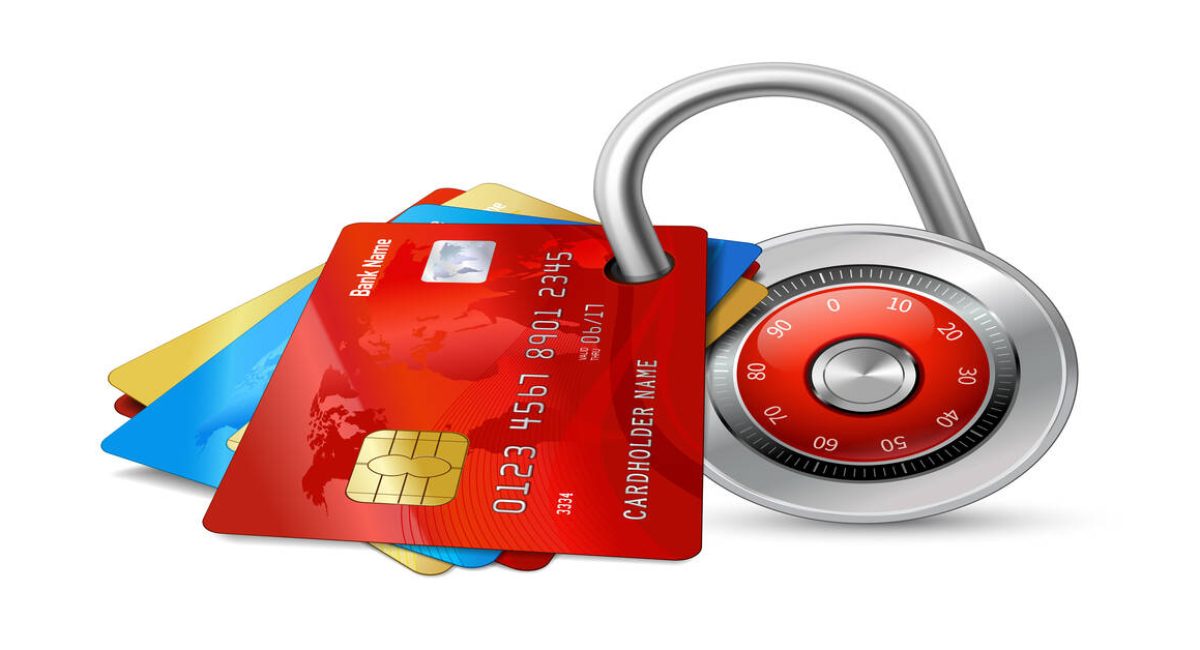Whether you’re an experienced eCommerce entrepreneur or you’re just getting started, you may have questions about carding fraud and how you can prevent it at your site.
In some cases, the use of a stolen credit card at your online store can cost you a lot of money due to chargebacks and other disputes – so small businesses need to be secured from credit card fraud. In this blog from Australian Internet Advertising, we’ll discuss the basics of eCommerce carding fraud, and how most eCommerce companies protect themselves from this type of fraud.
You might also be interested in THE BEST SEO PRACTICES FOR AN ECOMMERCE WEBSITE
What Is Carding Fraud?
Carding fraud is the process of using stolen credit card numbers or stolen debit card numbers to make fraudulent purchases, mostly on eCommerce stores. This is one of the most common types of online fraud.
Sometimes, these credit card numbers are obtained directly by the criminal who participates in carding fraud – through identity theft, hacking, social engineering, or other methods of obtaining personal information.
But more commonly, hackers and criminals actually re-sell the numbers they get to other people – and these are the individuals who use them for fraudulent transactions.
How Does Carding Fraud Work?

The way carding fraud works is simple to understand. A criminal enters stolen credit card information on an eCommerce website and places an order, shipped to an address or pick-up location of their choice.
Then, if the online business does not recognise the fraud, the credit card will be billed, and the package will be sent. The criminal can then pick up and resell the item to make a profit.
If the legitimate card holder notices the fraud, they may contact their bank or financial institution and initiate a chargeback – and they will likely get a refund. But if the package has already been sent, there’s not much a store owner can do. They will have to refund the customer’s money – and the thief still ends up with the item they bought.
That’s why it’s so important to prevent carding fraud altogether. Once the fraud has occurred, it’s much more difficult for you to protect your business from chargebacks.
Common Methods For Preventing Carding Fraud On eCommerce Websites
The good news is that there are lots of ways to prevent carding fraud on eCommerce platforms, and many of these methods are “behind the scenes” and automatically protect your website and store from fraud. Let’s take a look at a few ways you can protect yourself from fraudulent transactions now.
1. Conduct security audits
Regular website security audits help you protect yourself from malware, stolen passwords, vulnerabilities in plugins, and other such issues that could result in fraud.
2. Meet PCI (Payment Card Industry) standards
If you’re using an SaaS eCommerce store like Shopify, you will automatically meet PCI security standards. However, if you use a proprietary platform, you may need to conduct audits and take special steps to ensure you comply. Learn more here.
3. Look for suspicious activity
For example, if an order value is much higher than usual, consists of multiple SKUs of the same item, or is being shipped to separate billing and shipping addresses, this could be a sign of fraud. You may want to call the customer or send an email to their email address to confirm if the order is legitimate.
4. Use address verification services (AVS)
This service checks the billing address a customer submits with their actual billing address from their bank – and can flag it for investigation or automatically decline the transaction to prevent fraud.
5. Require CVV or CSC security codes for purchases
This is the 3 or 4-digit code found on the back of most credit or debit cards, and it’s harder for hackers to get compared to information like names and credit card numbers, so requiring it for purchases helps reduce fraud.
6. Set limits on daily purchases
For example, setting a limit of $1,000 on all daily orders is an easy way to limit your potential losses and protect your business.
7. Match IP addresses and credit card addresses
The IP address of a buyer will reveal their general location, and this can be matched to the shipping or billing address to determine if fraud is likely.
8. Don’t ship to PO boxes or freight forwarders
Fraudsters commonly use PO boxes, freight forwarding companies, or other anonymous locations to pick up their goods. You can eliminate this risk by only shipping to physical addresses. You also should include tracking numbers on all orders – this helps you avoid fraud from individuals who may claim that the package was never delivered.
9. Implement an anti-fraud suite
Anti-fraud suites typically contain one or all of the above features – automating fraud detection and ensuring you protect your store from carding fraud. Buying and implementing this software can be pricey, but the protection you’ll receive is second-to-none.
Secure Your eCommerce Website & Protect Yourself From Carding Fraud
By understanding credit card fraud and how to protect yourself from it, you can limit fraud losses at your eCommerce store and ensure you’re only selling to legitimate customers. And remember, if you need help with web development or building a Shopify website, Australian Internet Advertising is here for you. Contact us to learn more and schedule a consultation now.




